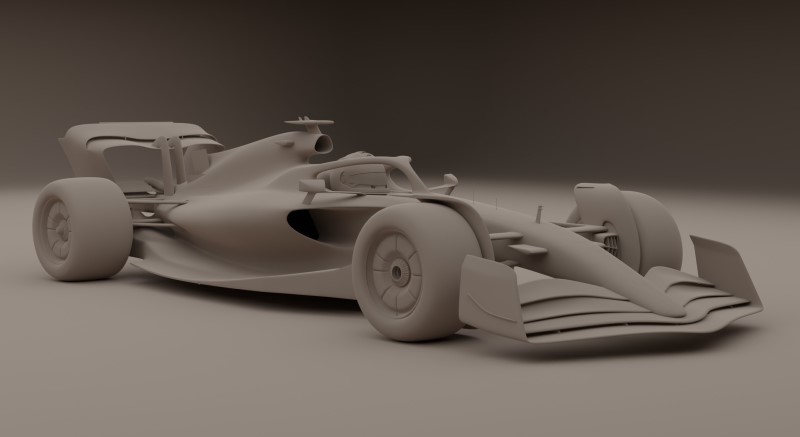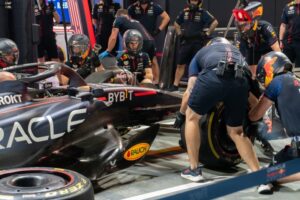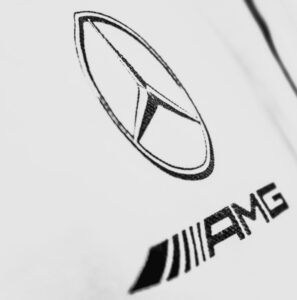In the adrenaline-fueled world of Formula 1, where cars push the boundaries of speed and technology, one crucial element stands between drivers and potential disaster—the F1 safety cell. This unassuming yet formidable structure is a fundamental component designed to protect drivers in the event of a crash, making it a vital feature in modern Formula 1 cars.
The safety cell, often referred to as the “survival cell,” is the reinforced cockpit structure that envelops the driver. Picture it as the armored core of an F1 car, constructed with a combination of high-strength materials such as carbon fiber and other advanced composites. This cell serves as a protective cocoon, housing the driver and crucial components, shielding them from the extreme forces unleashed during a crash.
What makes the safety cell so crucial is its ability to withstand incredible impacts. In the unfortunate event of a collision, the safety cell absorbs and disperses the energy, creating a zone of survival for the driver. This design is a direct response to the inherent dangers of racing at high speeds, where the consequences of an accident can be severe.
The safety cell is not a standalone entity but is part of a comprehensive safety system that includes features like the HANS (Head and Neck Support) device and the six-point harness. Together, these elements work in harmony to maximize driver safety, minimizing the risk of injury even in the most challenging circumstances.
The FIA (Fédération Internationale de l’Automobile), the governing body of motorsport, meticulously regulates the construction and testing of the safety cell to ensure uniform safety standards across all Formula 1 teams. Rigorous crash tests are conducted to evaluate the cell’s resilience and effectiveness, providing an added layer of confidence in its protective capabilities.
While the safety cell is often overshadowed by the sleek aerodynamics and powerful engines that define F1 cars, its role in driver safety is unparalleled. In essence, it is the unsung hero, quietly standing guard to ensure that drivers can push the limits of speed without compromising their well-being.
So, the next time you marvel at the speed and precision of Formula 1 racing, take a moment to appreciate the unassuming yet crucial safety cell—an engineering marvel that embodies the commitment to driver safety in a sport where split-second decisions can make all the difference.




